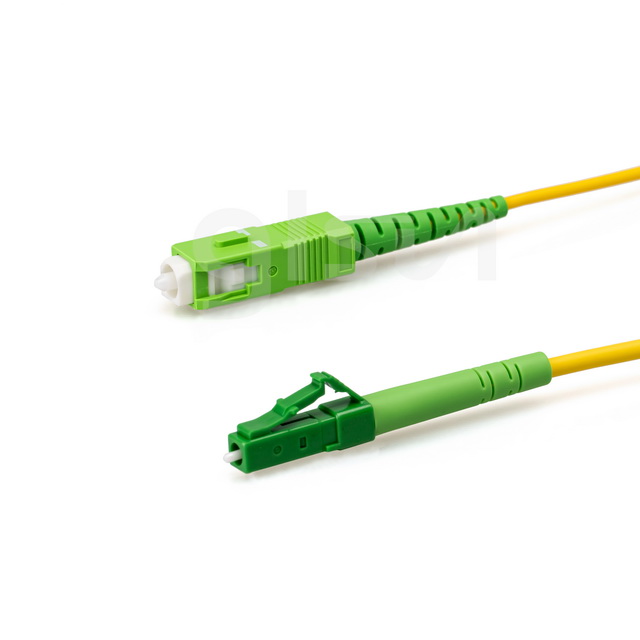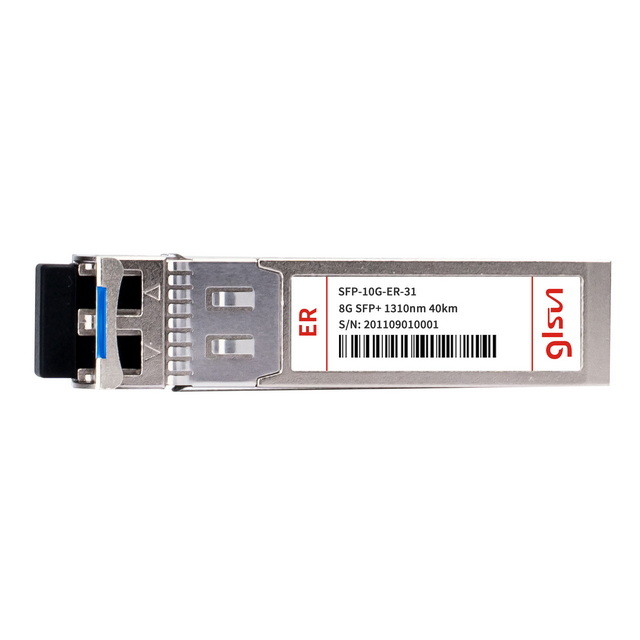Fiber Optic Tech
How to Choose Fiber Patch Cable for Optical Transceiver Modules
Nowadays, Internet communication has been completely integrated into our life. However, without optical transceiver modules and fiber optic cables, network and communication is not possible. Therefore, optical transceiver module and fiber patch cable play a decisive role in network communication.
Optical transceiver modules are available with different transmission media, interfaces, transmission distances, and data rates. So, how to match optical modules and fiber patch cables to get the best performance? In this article we will see how to a matching fiber patch cable for an optical module.
Transmission Distance and Data Rate
Optical transceivers are set to function at different transmission rates and transmission distances. Therefore, a fiber patch cable with matching specifications should be selected for an optical module, to avoid unnecessary waste or loss. Moreover, optical transceivers of different transmission distances shouldn’t be linked either, because interface specifications of optical modules with different transmission distances vary greatly.
Transceiver Interface
When selecting fiber patch cables, interface type is an essential factor for consideration. Optical fiber interfaces are physical interfaces used to connect optical fibers, common types include SC, LC, FC, ST, MPO/MTP, etc. The optical fiber interfaces of different optical modules are different. The interface of an optical module usually has two ports (one for receiving optical signals and the other for transmitting optical signals), that is, duplex SC or duplex LC. Therefore, you need to use duplex SC/LC fiber jumpers. BiDi optical modules introduced in recent years have only one port, which can both receive and transmit optical signals), so simplex fiber patch cables should be used.

Single Mode or Multi-Mode Fiber Cables
Fiber patch cables can be classified into single mode and multi-mode according to transmission mode. Single mode fiber patch cables are made of fiber glass of 9/125 diameter, while multi-mode fiber patch cables are made of fiber glass of OM1 62.5/125 diameter or OM2 50/125 diameter. Different fiber patch cables are sui for different application scenarios. Single mode fiber cables can support long distance transmission while multi-mode fiber optic cables can be used for short distance links.
Wavelength
Considering the insertion loss and dispersion of transmission in optical fiber, generally even at the same transmission rate, optical transceiver modules of different working wavelengths have different transmission distances, and consequently the receiving and transmitting optical power may not match, especially with inconsistent carrier wavelengths, the signal modulation may be problematic.

Incompatibility of Single Mode and Multi-Mode
Can single mode fiber patch cables be used with multi-mode optical transceivers? The answer is no. In this way the link is unable to connect, because the divergence angle of the optical signal sent by the multi-mode optical module is large, while the aperture of the single mode optical fiber is small; with too little light entering the optical fiber it is not able to realize long distance transmission. Single Mode optic fiber is so long that the light is attenuated along the line before it reaches the end point.
Established in 2001, GLSUN offers an extensive and reliable selection of optical components, devices, and equipment optimized for various application scenarios, using advanced technologies perfected over 20 years. Worldwide shipping available, with professional tech support and worry-free aftersales service.



















